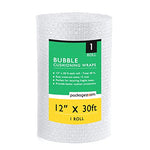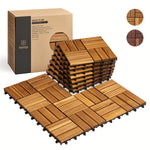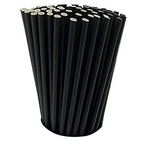You have no items in your shopping cart.
Are you wondering what is HDPE? High-Density Polyethylene, or HDPE, is a type of plastic that has become increasingly popular over the years due to its versatility and durability. In this article, we will delve into the world of HDPE, exploring its properties, applications, advantages, and disadvantages.
The Basics of HDPE: What is HDPE?
HDPE is a thermoplastic polymer made from petroleum. It is a type of polyethylene (PE) with a high density, hence the name High-Density Polyethylene. HDPE is a durable and strong material that can withstand high temperatures, making it ideal for a variety of applications.
Properties of HDPE
HDPE has several properties that make it an attractive choice for various applications. Some of its properties include:
- High tensile strength
- Chemical resistance
- Low moisture absorption
- UV resistance
- Impact resistance
- Excellent electrical properties
- Lightweight
What is HDPE Used For?
HDPE is used in a wide range of applications due to its versatile properties. Some of its most common uses include:
1. Packaging
HDPE is commonly used for packaging products such as milk, juice, and detergent. Its resistance to chemicals and moisture makes it an ideal choice for these applications.
2. Construction
HDPE is used in construction for a variety of purposes, including piping, geomembranes, and plastic lumber. Its high strength and durability make it suitable for these applications.
3. Agriculture
HDPE is used in agriculture for irrigation systems, drainage pipes, and lining of water reservoirs. Its resistance to UV radiation makes it ideal for outdoor applications.
4. Automotive
HDPE is used in the automotive industry for fuel tanks, seat backs, and bumpers. Its impact resistance and lightweight properties make it an excellent choice for these applications.
Advantages of HDPE
HDPE has several advantages over other materials, which makes it a popular choice in many industries. Some of its advantages include:
- Resistance to chemicals and UV radiation
- High strength and durability
- Recyclable
- Lightweight
- Low cost
Disadvantages of HDPE
Despite its many advantages, HDPE also has some drawbacks. Some of its disadvantages include:
- Low resistance to high temperatures
- Difficult to bond
- Limited color options
- Susceptible to stress cracking
FAQs About HDPE
Q1. Is HDPE safe for food contact?
Yes, HDPE is considered safe for food contact. It is commonly used for food packaging and storage.
Q2. Can HDPE be recycled?
Yes, HDPE is a recyclable material. It can be melted down and reused to make new products.
Q3. What is the difference between HDPE and LDPE?
HDPE and LDPE are both types of polyethylene, but they have different properties. HDPE has a higher density and is more rigid, while LDPE is more flexible and has a lower density.
Q4. Can HDPE be used for 3D printing?
Yes, HDPE can be used for 3D printing. It requires a higher temperature than other materials, but it can be done.
Q5. Is HDPE biodegradable?
No, HDPE is not biodegradable. It can take hundreds of years to decompose in landfills.
Q6. Can HDPE be used for drinking water pipes?
Yes, HDPE is commonly used for drinking water pipes. Its resistance to chemicals and corrosion makes it an excellent choice for these applications.
Conclusion
In conclusion, HDPE is a versatile and durable material that has found its way into various industries due to its properties, applications, and advantages. From packaging to construction, agriculture to automotive, HDPE is used in many different ways. Despite its drawbacks, HDPE is still a popular choice for many applications due to its resistance to chemicals, durability, and low cost.
If you're considering using HDPE for your next project, it's important to understand its properties and limitations. Consulting with a professional in the field can help you determine whether HDPE is the right material for your specific needs.
So, now that you know what HDPE is, how it's used, and its advantages and disadvantages, you can make an informed decision on whether it's the right material for your next project.
HDPE Tubing: Properties, Uses, and Benefits








